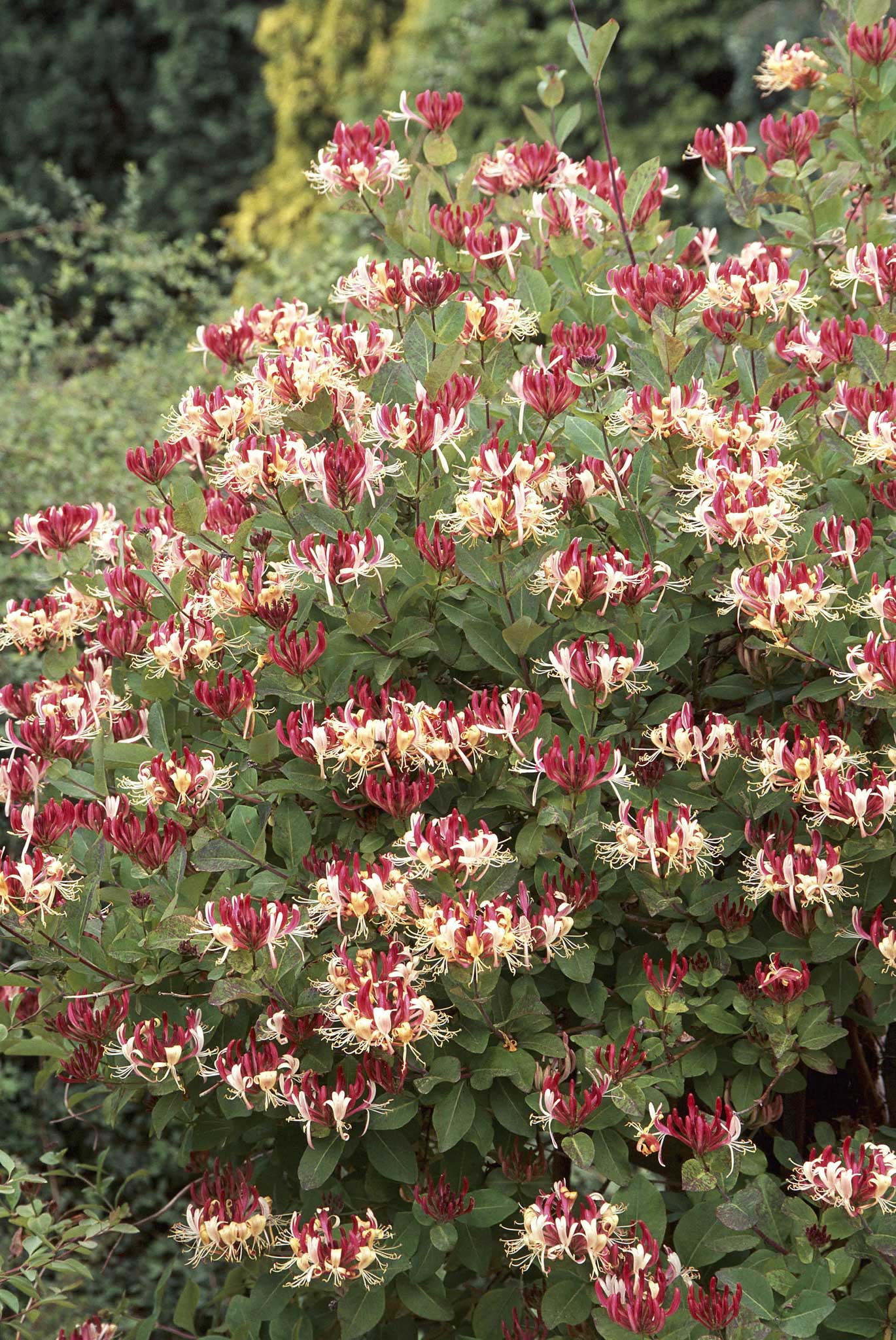
Its berries also taste lovely as a component in jams, pies, and homemade wines. The fruit-bearing elderberry species is very popular in gardens and landscapes due to its sweetly fragrant flowers. Sambucus racemosa subsp // photo by meunierd On the other hand, this type of fungus is very dangerous for some other species such as White pine and care should be taken to not grow these species in the same areas. However, it probably won’t kill your tree. You may notice yellow spots on the leaves in the spring, and the leaves may fall earlier than usual if your currant tree has the disease. One important thing to note is that these plants are alternate hosts of white pine blister rust, a plant disease caused by fungus. However, it will attract plenty of birds and other mammals like squirrels and deer, while its tubular flowers will attract lots of butterflies – so many benefits! Its berries are safe for humans to eat, although they don’t have much flavor in their most natural state. This tree prefers sunny, dry conditions and thrives best in well-drained soil.

Some are made for the garden and some are native to the natural environment, so this small shrubby tree will make a perfect addition to your landscape. With more than 120 species, these native plants are a staple in many parts of the Pacific Northwest. Native plants are drought tolerant and don’t mind moist soilīranches with flowers of Ribes sanguineum or red-flowering currant, in the garden // photo by Gabriela Beres Here are just a few reasons why we recommend that you incorporate natives into your landscape. There are several benefits to planting natives in your garden. Related article: 10 Southern California Landscaping Ideas 3 Reasons to Plant Native Species in Your Garden Annual precipitation actually averages around 8 inches with most of the rain falling in the winter months. Clouds usually hang in the sky but rain isn’t as frequent as many might think. Overall temperatures are on the cooler side, although it can climb to the 80s in the dog days of summer. The summers are mildly warm and quite short, especially as you travel further north. This area is categorized as having a temperate oceanic climate. Similar growing conditions are also found in southwestern Canada. The region lies in USDA Hardiness Zones 7-9 and AHS Heat Zones 1-6. In the USA, the Pacific Northwest begins in Northern California and stretches up through Oregon and Washington state.
#Pacific northwest evergreen shrubs how to#
And of course, when you spot one that catches your eye, click through for plant combination ideas to help you figure out how to bring light into your winter garden.A contemporary home on a mild summer day in the Pacific Northwest // photo by Jamie Hooper

These are just a few to get you started- search the eGardenGo database for even more ideas. These shrubs are all evergreen, they'll be on duty during the darkest days of winter, when you'll appreciate a colorful pick-me-up. Start small, see how you like it, and then adjust from there.īelow, you'll find some of my top picks for yellow evergreen plants that'll add a touch of glitter to your winter landscape. You might want to start by using it as an accent plant vs. How much is too much? Well, you get to decide about that. It's easy to end up with too much of a good thing.

Easy does it - Yellow can be an insistent color in the landscape.Subdued vignette, combine yellow evergreen shrubs with plants with blue, silver, or green leaves. Jazz it up or cool it down - When paired with red or burgundy, yellow foliage makes for a zippy scene.Some protection from the hottest part of the afternoon blast. So pay close attention and make sure to give these plants their preferred exposure. Typically, even the sun-lovers prefer Check its sun tolerance - Some plants with yellow foliage will burn in sun, while other plants lose their golden color in too.Here are some tips for using evergreen plants with yellow foliage in your garden: This post, I'll single out some of my favorite shrubs, conifers, and other evergreen plants with gold foliage. It's a sure way to brighten your garden, lift your spirits, and bring radiance and warmth to a cold day. In Plants with leaves in light-reflecting colors will bounce light into the dark corners of your landscape.Įvergreen plants with colorful foliage are an excellent way to add winter interest and steady structure. There are lots of evergreen shrubs in shades of blue, silver and gold-and most all of them do a good job of bringing light into the garden. But there's nothing like a burst of cheery, yellow foliage. Those of us gardening in the Pacific Northwest are used to winters that include more than our fair share of gray and stormy days.īut take heart, I have an antidote for dingy winter days that we can all use: plants with evergreen foliage in yellow and gold tones.


 0 kommentar(er)
0 kommentar(er)
